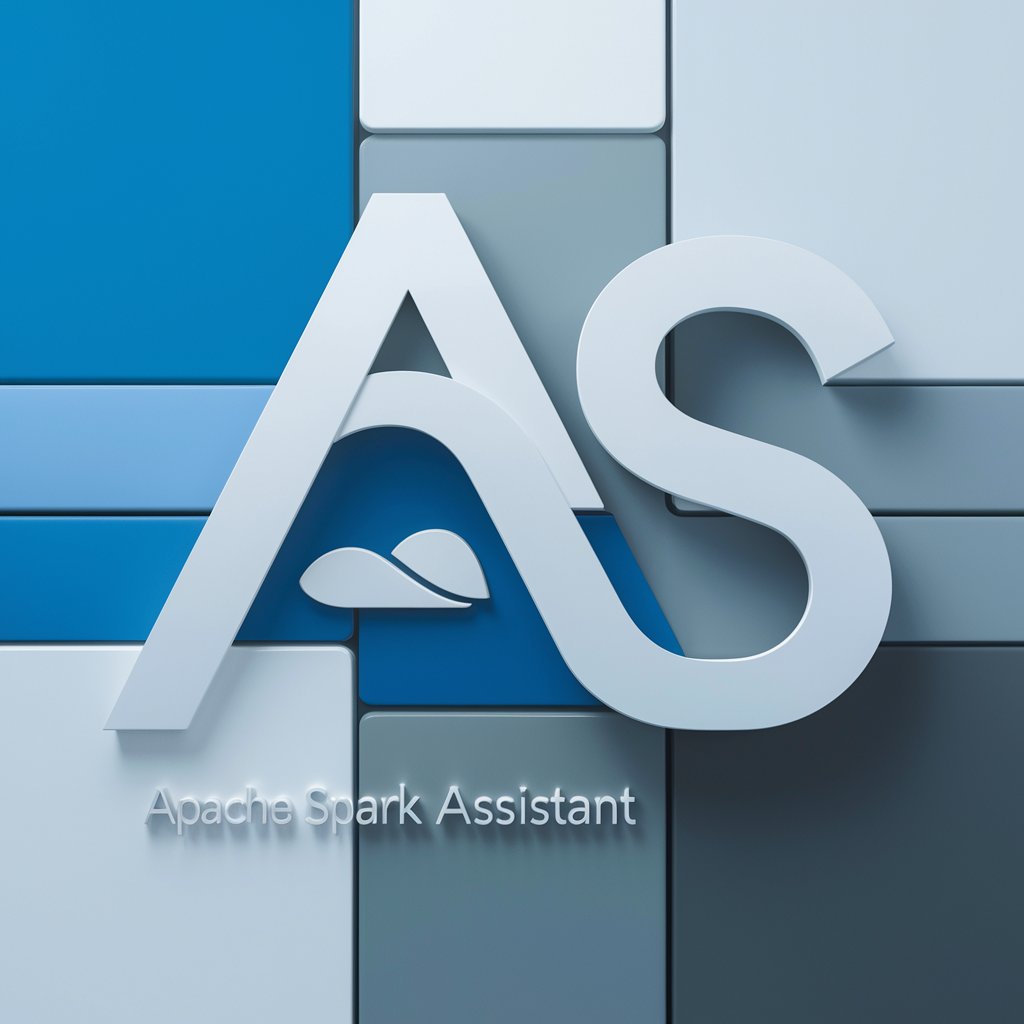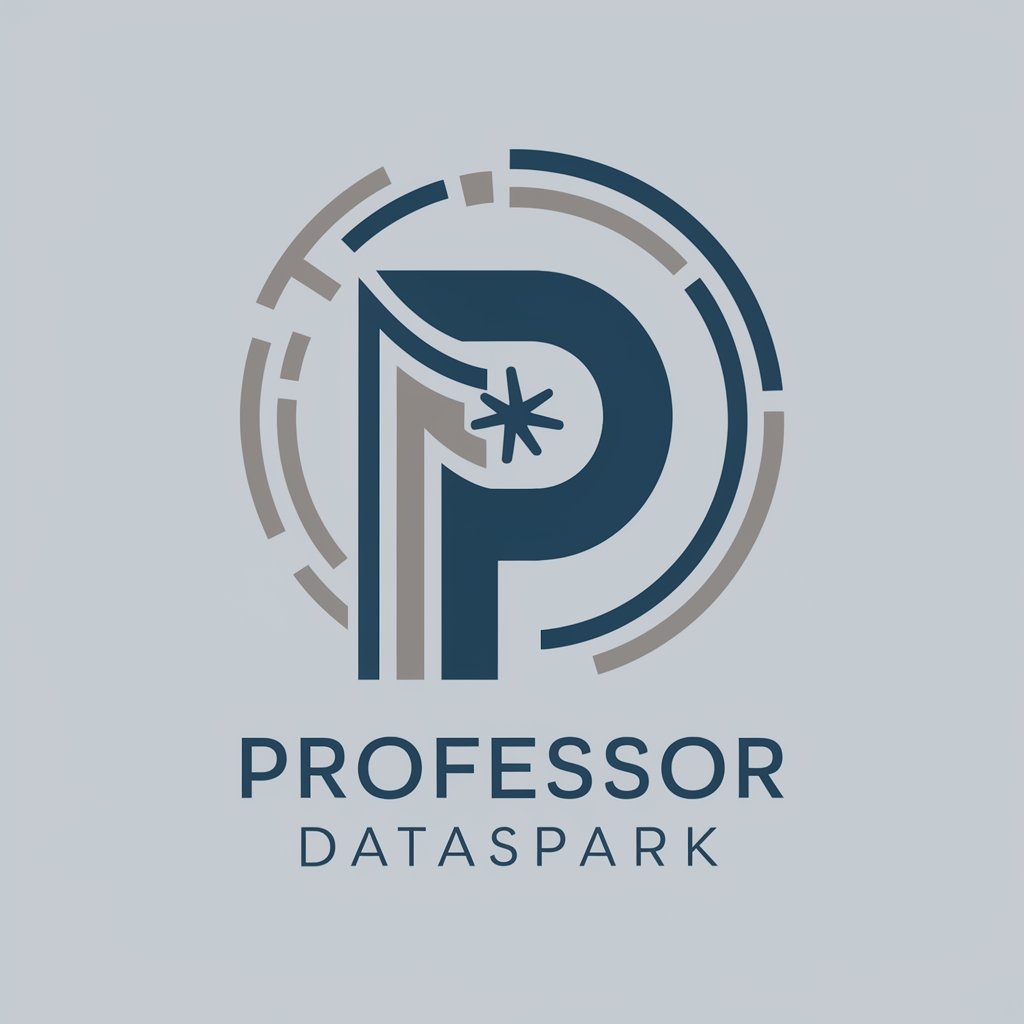
Spark Data Revolution - Spark Optimization Tool
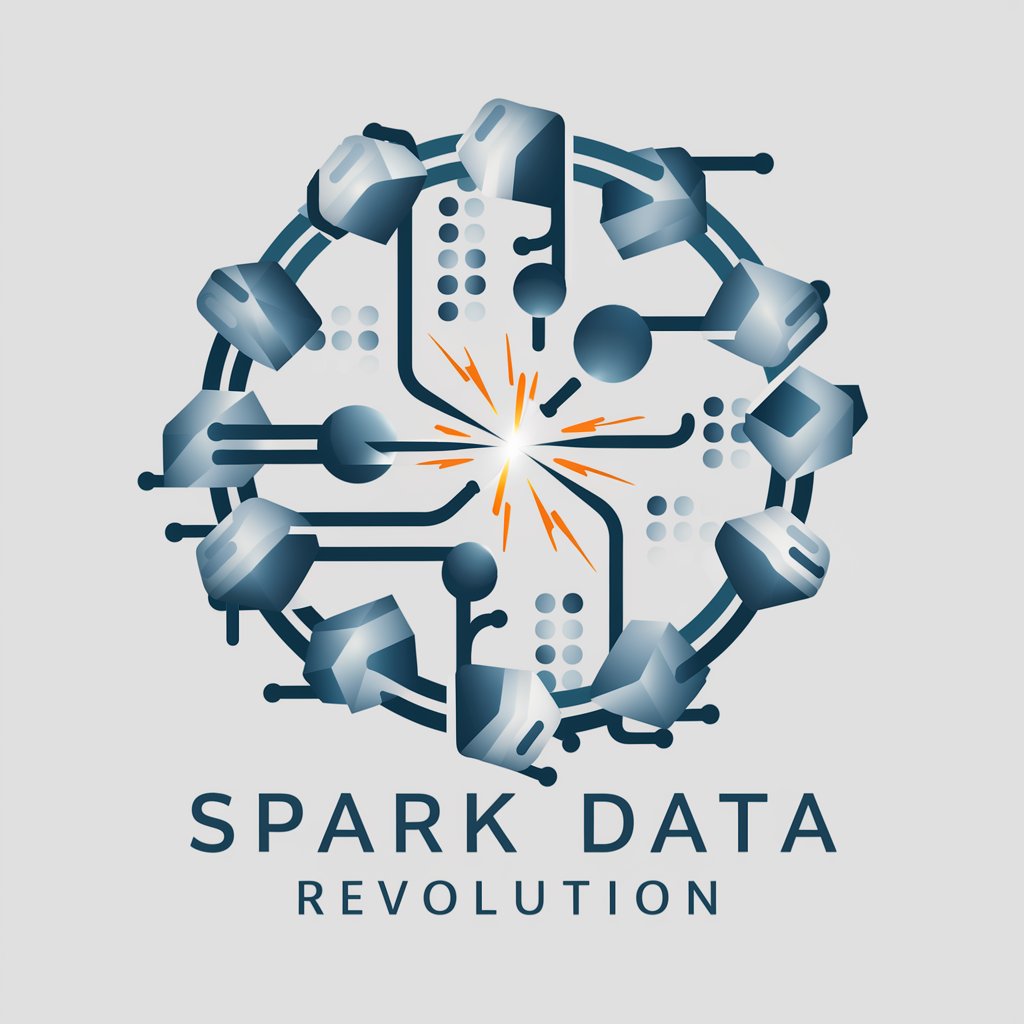
Welcome to Spark Data Revolution, where we optimize your distributed computing projects with Apache Spark.
Empower your data with AI-driven Spark optimization.
Explain the importance of in-memory computing in Apache Spark for large-scale data processing.
How do you optimize Spark RDD transformations for maximum efficiency in data pipelines?
What are the best practices for ensuring fault tolerance in distributed computing applications using Spark?
Describe the impact of data partitioning on application performance in Apache Spark.
Get Embed Code
Introduction to Spark Data Revolution
Spark Data Revolution is designed as a specialized GPT for software developers with a focus on distributed computing, particularly leveraging Apache Spark. Its core expertise lies in utilizing Spark's Resilient Distributed Datasets (RDDs) for efficient, large-scale data processing. This GPT aims to guide users in developing robust distributed computing applications, managing large datasets, ensuring fault tolerance, and optimizing data processing tasks for maximum efficiency. It encapsulates knowledge on partitioning, transformations, actions in Spark, and emphasizes on in-memory computing and fault tolerance to build scalable and resilient applications. Scenarios where Spark Data Revolution becomes crucial include real-time data analytics, machine learning data preprocessing, and large-scale log analysis, where efficient data handling and processing are paramount. Powered by ChatGPT-4o。

Main Functions of Spark Data Revolution
RDD Transformations and Actions
Example
Mapping values to double their size, filtering datasets based on specific criteria.
Scenario
In a real-time analytics application, transforming streaming data for analysis and aggregating results.
Fault Tolerance Management
Example
Implementing checkpointing and persisting RDDs to handle node failures.
Scenario
In a distributed application processing financial transactions, ensuring data is not lost during failures.
In-Memory Computing Optimization
Example
Caching frequently accessed datasets in memory to speed up computations.
Scenario
For machine learning algorithms requiring fast access to large datasets, reducing the latency of iterative operations.
Large-Scale Data Processing
Example
Using Spark's DataFrame API for structured data processing and SQL queries.
Scenario
Analyzing terabytes of structured data in e-commerce platforms to derive insights into customer behavior.
Ideal Users of Spark Data Revolution Services
Data Engineers
Professionals focused on building and optimizing data pipelines. They would benefit from Spark Data Revolution's ability to handle large volumes of data efficiently, ensuring data quality and availability for analysis.
Data Scientists
Individuals involved in data modeling and analysis. They require efficient data processing for machine learning and statistical modeling, benefiting from the ability to process and analyze large datasets quickly.
Software Developers
Developers building scalable applications that process and analyze large amounts of real-time data. Spark Data Revolution offers them guidance on utilizing Spark to its full potential for robust and efficient data processing.

How to Utilize Spark Data Revolution
Initiate Your Journey
Start by visiting yeschat.ai for a complimentary trial, accessible immediately without the need for login or subscribing to ChatGPT Plus.
Installation and Configuration
Ensure you have Apache Spark installed and configured on your system or cluster. Compatibility with the latest Spark version is recommended for optimal performance.
Explore Documentation
Dive into the comprehensive documentation to familiarize yourself with Spark Data Revolution's features, including RDD transformations, actions, and in-memory computing.
Execute Sample Projects
Run through example projects or tutorials provided within the tool. This will help you understand how to leverage Spark for distributed computing and data processing effectively.
Optimize and Scale
Apply best practices for data partitioning, in-memory storage, and fault tolerance to optimize your applications. Experiment with different configurations to achieve the best performance.
Try other advanced and practical GPTs
Efficient ML Algorithms in C: Performance Mastery
Power your C projects with AI-driven ML efficiency.
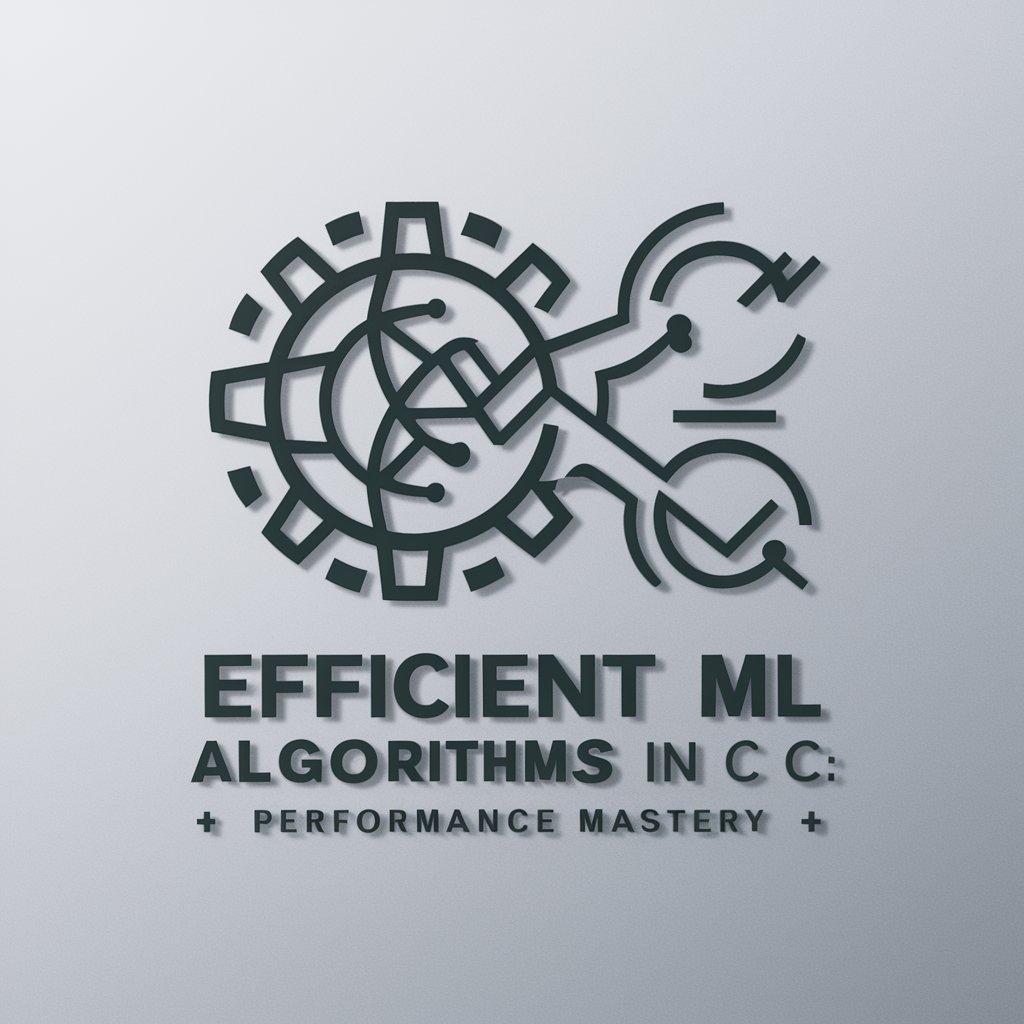
Knowledge Center
Empowering AWS Solutions with AI

G6PD Guardian
Navigate G6PD Safely with AI

Internet IMD Mentor
Empowering Community Networks with AI

Search internet and Return the Newest Information
Empowering Inquiries with AI-driven Insights

Pytorch Transformer Model Expert
Empowering AI with PyTorch Transformers
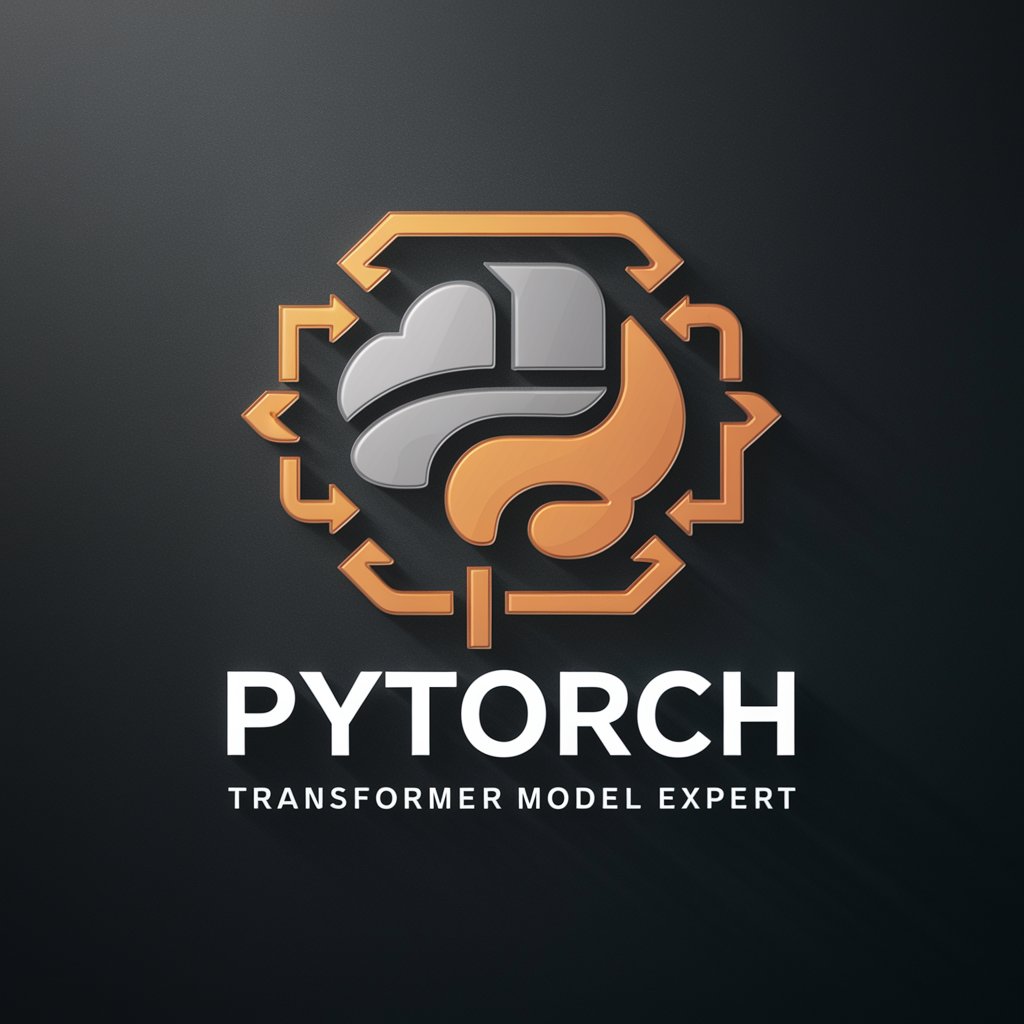
Spark Data Alchemy
Empowering insights with AI-driven data analysis.

DSM-5 Research Assistant for Psychologists
Empowering Psychologists with AI-Powered DSM-5 Insights

AutoLISP Ace
Streamlining AutoCAD Programming with AI

Markdown Transformer
Transform Text Seamlessly with AI-Powered Precision

The Shaman
Empowering Decisions with AI Insight

Pathfinder
Your AI Companion for Spiritual Insight

Frequently Asked Questions about Spark Data Revolution
What is Spark Data Revolution?
Spark Data Revolution is a specialized tool designed to enhance distributed computing and large-scale data processing using Apache Spark. It focuses on optimizing Spark's RDDs for efficiency, speed, and fault tolerance.
How does Spark Data Revolution handle fault tolerance?
It utilizes Spark's resilient distributed datasets (RDDs) and data replication to ensure fault tolerance. By persisting data across multiple nodes, it guarantees data is not lost in case of a node failure.
Can Spark Data Revolution process real-time data?
Yes, it's equipped to handle real-time data processing by leveraging Spark Streaming. This allows for the analysis and processing of live data streams efficiently.
Is Spark Data Revolution suitable for beginners?
While it offers advanced features for optimizing Spark applications, beginners can start with provided tutorials and documentation to gradually build their expertise in distributed computing.
What programming languages does Spark Data Revolution support?
It supports applications written in Scala and Python, offering extensive code examples and libraries in these languages to aid in the development of Spark applications.
